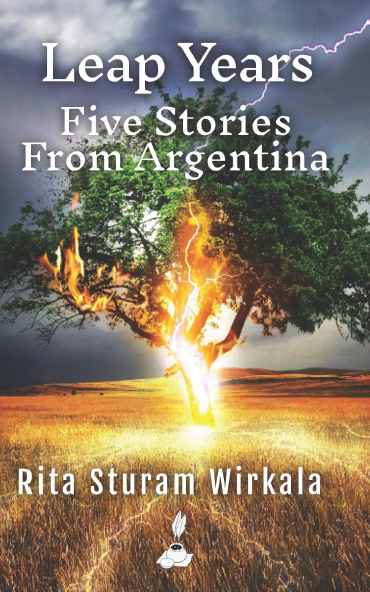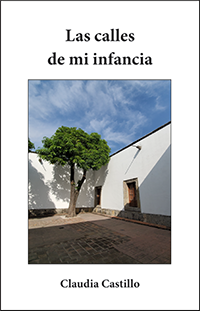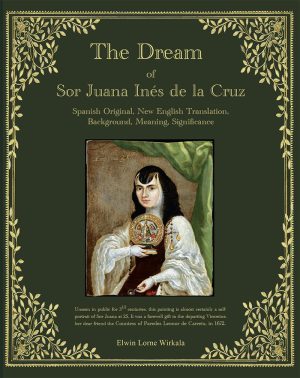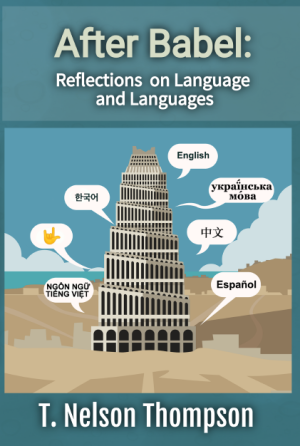Leap Years: Five Stories From Argentina
$15.90
This is the translation of Años bisiestos: Cinco historias argentinas.
“By expertly weaving personal stories with historical events, the author takes the reader into a time-travel journey that combines adventure, memoir, mystery, and humor. Each short story is unique, but there is a common thread of women’s power struggles through time and through Argentina’s vast landscapes, in all of its socio-cultural-historical diversity.”
–Alicia K. Long – Librarian, professor, book reviewer/book awards judge, ALA/REFORMA
Additional information
Product Description
These five adventure stories, evocative of Argentina’s colorful history, are written in the first person and set during leap years – a perfect metaphor for their shared uniqueness. With humor and pathos, the author conveys how her youth in her native country was touched by the shadow of the Holocaust, the feminist movement, the ambivalent legacies of Evita and neocolonialism. Each tale is a journey of discovery that takes the reader into the heart of Argentina.
- La Forestal narrates an ignominious chapter in Argentine history. At the end of the 19th century, the Argentine government gave England a vast forest territory to pay for foreign debt. The British company, called La Forestal, spent decades exploiting the red quebracho tree to extract the tannin. The appalling working conditions led to an uprising that ended in the massacre of 600 workers. The author discovered the events – not without paying the price for it-in three turbulent days she spent in one of the remaining towns.
- Neither holy nor sinful, Matilde is the victim of rape. At the age of 73, she recounts her experience as a woman humiliated by a rapist, by her husband, and by a misogynistic system that imposed an excessive sentence on her by a crime in which she was tangentially involved. This story denounces the injustices but at the same time introduces a positive note. Her release coincided with the beginning of the feminist movements in Argentina and the prison reform, which particularly favored imprisoned women.
- Esther and I is the chronicle of a journey of youth, barely one foot out of adolescence, in the Patagonian region of the country where the Holocaust still casts its shadow. The story denounces the role of the so-called Vatican Route and of the Red Cross, which helped the Nazi war criminals obtain passports to migrate to South America.
- In Evita, the author describes the fervor for the legendary Argentine figure and her collapse from the pedestal where she stood in her hometown. The main protagonist is a young man who steals money at a town festival, hides it inside a bust of the then-deceased Evita, days before the fall of Peronism. What happens next is a classical treasure hunt involving some Evita’s idolaters, gypsies camping in town, and other peculiar characters.
- The story takes place before and after WWII. Eloisa is in love with a creole. Pride on the part of the lover, prejudice from Eloisa’s father, an Italian immigrant, and sheer bad luck, play important roles in the story. Seven decades after, the author wonders, at last, about the uselessness of wanting to untie the knots of destiny.






